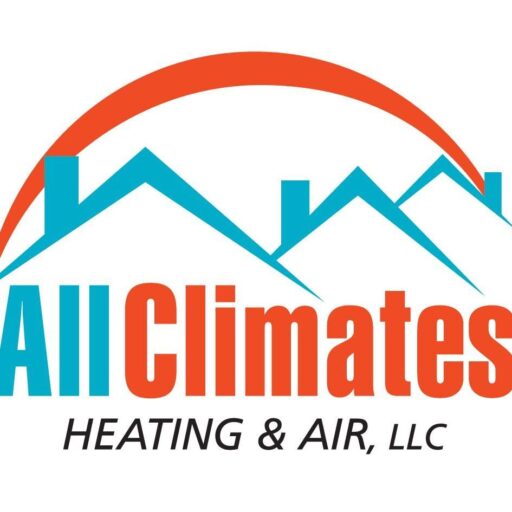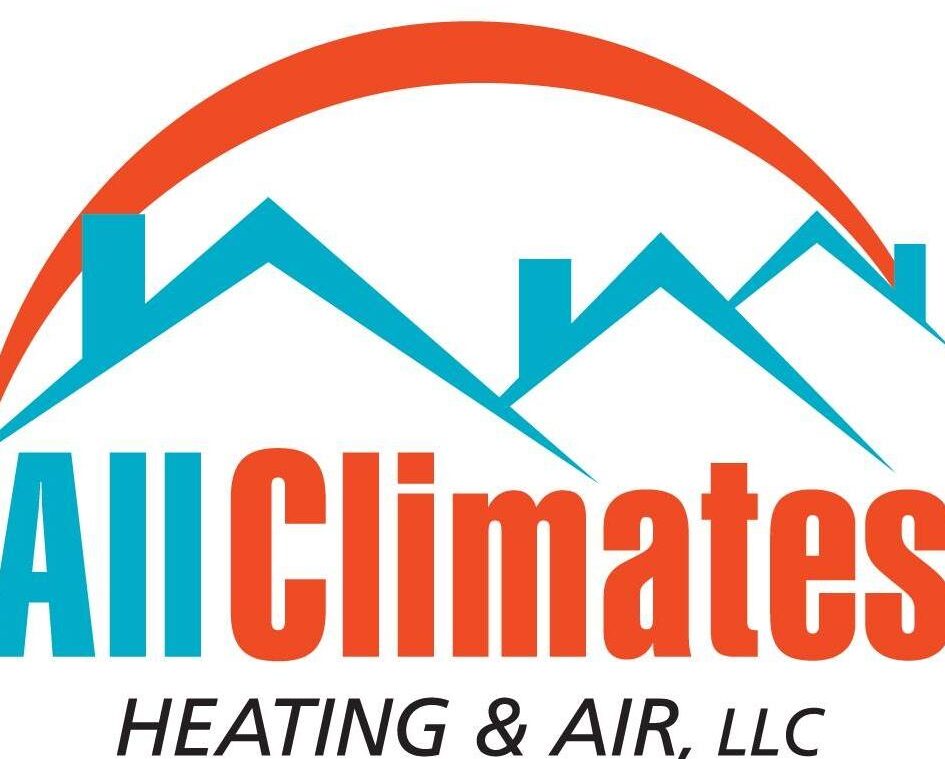As a homeowner, understanding the basics of HVAC (Heating, Ventilation, and Air Conditioning) systems is crucial for maintaining a comfortable and efficient indoor environment. HVAC systems play a vital role in keeping our homes warm in the winter, cool in the summer, and ensuring proper ventilation year-round. In this blog post, we will cover the essential aspects of HVAC systems that every homeowner should know.
1. Types of HVAC Systems:
There are several types of HVAC systems commonly found in residential properties, including:
– Split systems: Consist of an indoor unit (furnace or air handler) and an outdoor unit (air conditioner or heat pump).
– Packaged systems: All components are housed in a single unit, usually placed on the roof or a concrete slab.
– Ductless mini-split systems: Provide individual room control without the need for ductwork.
2. Components of an HVAC System:
– Thermostat: Controls the temperature and settings of the HVAC system.
– Furnace: Heats air and distributes it throughout the home.
– Air conditioner/Heat pump: Cools or heats the air, depending on the season.
– Ductwork: Channels air throughout the home.
– Air filters: Trap dust, pollen, and other particles to improve indoor air quality.
3. HVAC Maintenance:
Regular maintenance is essential to ensure the efficiency and longevity of your HVAC system. Here are some maintenance tasks that every homeowner should be aware of:
– Changing air filters: Dirty filters can restrict airflow and reduce efficiency.
– Cleaning vents and registers: Ensure proper airflow and circulation.
– Checking for leaks or damage in ductwork: Leaks can lead to energy wastage and decreased efficiency.
– Scheduling annual HVAC inspections: Professional maintenance can identify issues early and prevent costly repairs.
4. Energy Efficiency:
Optimizing the energy efficiency of your HVAC system not only reduces your utility bills but also helps to lower your carbon footprint. Here are some tips to improve energy efficiency:
– Use a programmable thermostat to adjust temperatures based on your schedule.
– Seal leaks in ductwork to prevent air loss.
– Upgrade to energy-efficient HVAC equipment with a high SEER (Seasonal Energy Efficiency Ratio) rating.
5. Signs of HVAC Problems:
Being able to recognize signs of HVAC issues can help you address problems promptly and prevent further damage. Common signs of HVAC problems include:
– Unusual noises coming from the system.
– Uneven heating or cooling throughout the home.
– Increased energy bills without a corresponding change in usage.
– Frequent cycling on and off of the system.
By understanding the basics of HVAC systems and implementing proper maintenance practices, homeowners can ensure the comfort and efficiency of their indoor environment. Regular maintenance, energy-efficient upgrades, and prompt attention to signs of problems are key to maximizing the performance and longevity of your HVAC system. If you encounter complex issues or require professional assistance, don’t hesitate to contact a licensed HVAC technician for help.

